Japanese companies are tapping into artificial intelligence technology to solve fish farming challenges
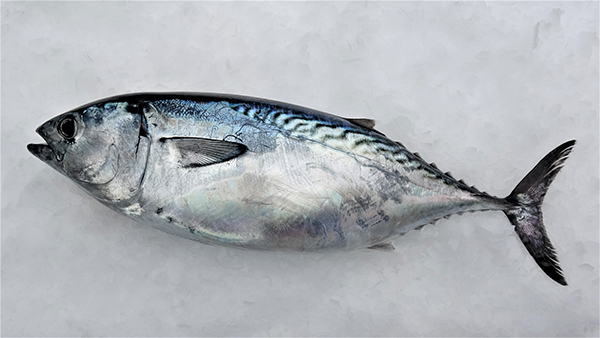
Japanese companies are increasingly looking to artificial intelligence (AI) for solutions for fishing and fish farming challenges.
Early last year. Umitron began selling its fish feeder Umitron CELL to Kura Osakana Farm, a subsidiary of Japan’s leading revolving sushi chain Kura Sushi. Fast forward to December 2022, and Kura Sushi’s farmed “AI Sumagatsuo” – eastern little tuna or mackerel tuna in English – made its debut at Kura Sushi’s restaurants across Japan. The species is currently farmed at a contracted site of Kura Osakana Farm.
By working with Umitron, Kura Sushi’s goal is to reduce production costs, in particular feed, and ensure a stable supply of fish, while encouraging more fish farmers to adopt AI. The company also hopes to help customers appreciate the value and taste of Sumagatsuo, according to a recent press release.
“In order to continue providing delicious sushi to consumers, Kura Sushi needs to ensure that it has a stable supply of high-quality fish,” said Akiko Sato, manager at Umitron. “To achieve this, it’s vital to enhance fish farmers’ working environment and refine their operational and production costs and overall industry management, something that can be accomplished using Umitron CELL.”
Umitron CELL’s automatic feeding feature is powered by the Fish Appetite Index (FAI), Umitron’s AI algorithm that analyzes fish school appetite by monitoring swimming behavior and gives farmers the ability to remotely control the smart feeder from their office PCs or phones. It can also control the amount and speed of feeding by calculating feed requirements. This contributes to a reduction of labor and less environmental impact as uneaten feed does not go to waste.
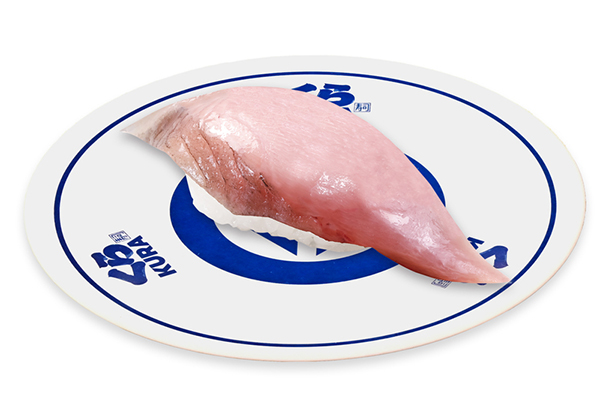
Sumagatsuo has only recently begun to be produced in Japan, and farmers are still trying to work out how best to rear the species. In this sense, the ability to remotely check on the fish at any time via real-time video and feed them in line with data, such as feed amount and feeding duration, is extremely beneficial.
“Umitron CELL can also help in other ways,” said Sato. “For example, it can contribute to reducing the number of boat trips to offshore pens and subsequent fuel costs, and it improves farmers’ working environment. Some say that they have been able to spend more time with their families because they can feed their fish from home whenever they want, and wherever they are.”
Sumagatsuo is a unique species in that it only takes six months from hatching to reach harvest size (around 1kg). Although it’s not yet clear whether AI can help the fish grow more quickly, it does have a certain effect on improving feeding efficiency. Sato also points out that in the case of other fish species, the growth period of red sea bream reared with Umitron CELL decreased by up to four months, in comparison to the same species grown with a regular feeder.
With Japan’s aquaculture facing problems such as labor shortages and high management costs, Sato believes that AI can address a host of issues.
“Farmers have to go back and forth to feed their fish every day in all kinds of weather,” she said. “This is hard work, especially for older farmers and women, and young people don’t want to do it. Instead, they move elsewhere, and the depopulation of rural areas that are home to aquaculture is a serious problem in Japan. Even when new people are hired, farmers find it challenging to teach them what they have learned over the years and employees soon quit due to the difficult working environment. There is also a lot of pressure on aquaculture management. For example, in red sea bream farming, the cost of feed accounts for 50 to 60 percent of total production costs. But we can address these issues with Umitron CELL and FAI.”
This is hard work, especially for older farmers and women, and young people don’t want to do it.
From AI and the Internet of Things (IoT) to remotely operated vehicles and remote satellite imagery, new technologies are being increasingly leveraged in aquaculture with their promise of better efficiency and insights into fish farming. Umitron and Kura Sushi are currently discussing the use of Umitron CELL to provide customers with an even better variety of sushi, while this year Umitron is looking to play a prominent role in the global expansion of technology-grown fish through imports and exports.
“This will attract new global consumers and producers, and be a good opportunity to get them interested in ocean sustainability,” said Sato. “When Umitron was founded in 2016, many farmers in Japan could not picture how technologies like AI and IoT could be incorporated in aquaculture. However, partly due to the Japanese government’s current push for digitalization, more and more fish farms are likely to introduce technology to improve their production efficiency and working environment. In 2022, there were many positive examples and results of AI applications in the Japanese news. This is an incentive for fish farmers to incorporate successful cases on their own farms and I believe that in 2023 we will see much more of this.”
Follow the Advocate on Twitter @GSA_Advocate
Now that you've reached the end of the article ...
… please consider supporting GSA’s mission to advance responsible seafood practices through education, advocacy and third-party assurances. The Advocate aims to document the evolution of responsible seafood practices and share the expansive knowledge of our vast network of contributors.
By becoming a Global Seafood Alliance member, you’re ensuring that all of the pre-competitive work we do through member benefits, resources and events can continue. Individual membership costs just $50 a year.
Not a GSA member? Join us.
Author
-

Bonnie Waycott
Correspondent Bonnie Waycott became interested in marine life after learning to snorkel on the Sea of Japan coast near her mother’s hometown. She specializes in aquaculture and fisheries with a particular focus on Japan, and has a keen interest in Tohoku’s aquaculture recovery following the 2011 Great East Japan Earthquake and Tsunami.
Tagged With
Related Posts
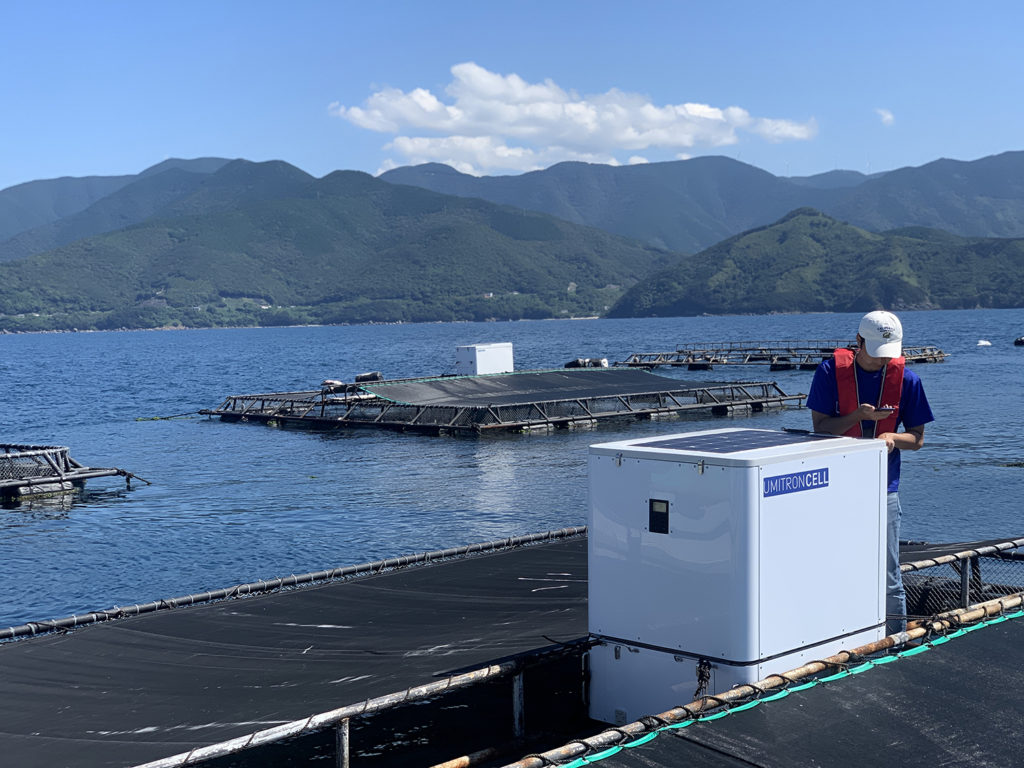
Innovation & Investment
Can aquaculture go all-in on AI?
Progressive aquaculture companies are harnessing the power of artificial intelligence (AI) from firms like Umitron and Aquaconnect to improve operations.
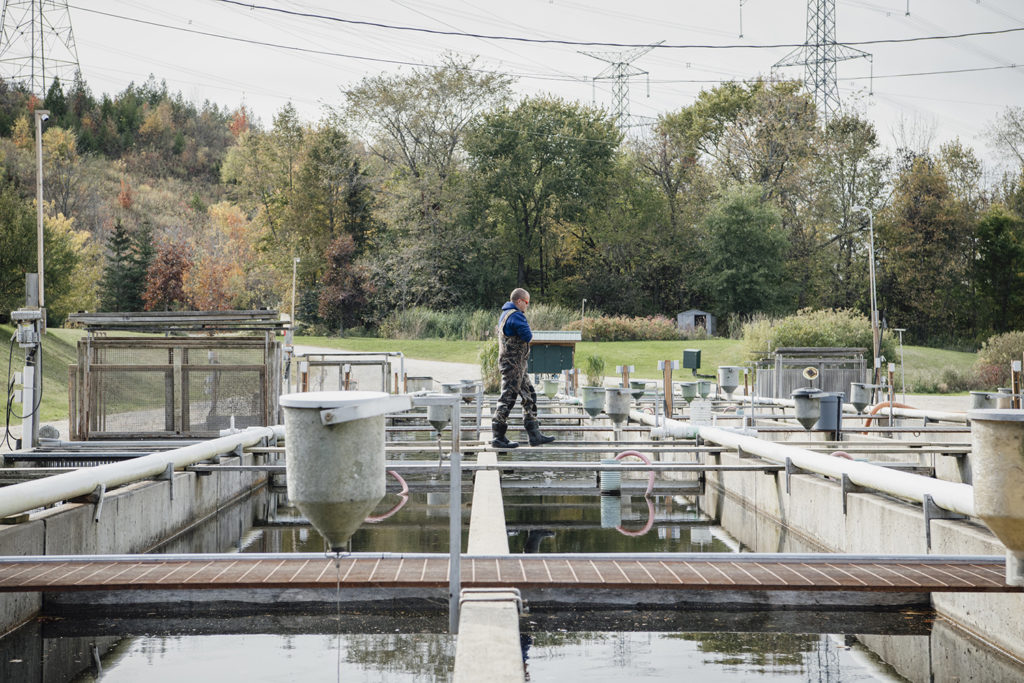
Innovation & Investment
Technology allowing aquaculture to do social distancing
Data tools and remotely operated feeding systems are just a couple ways aquaculture is accomplishing social distancing during the coronavirus pandemic.
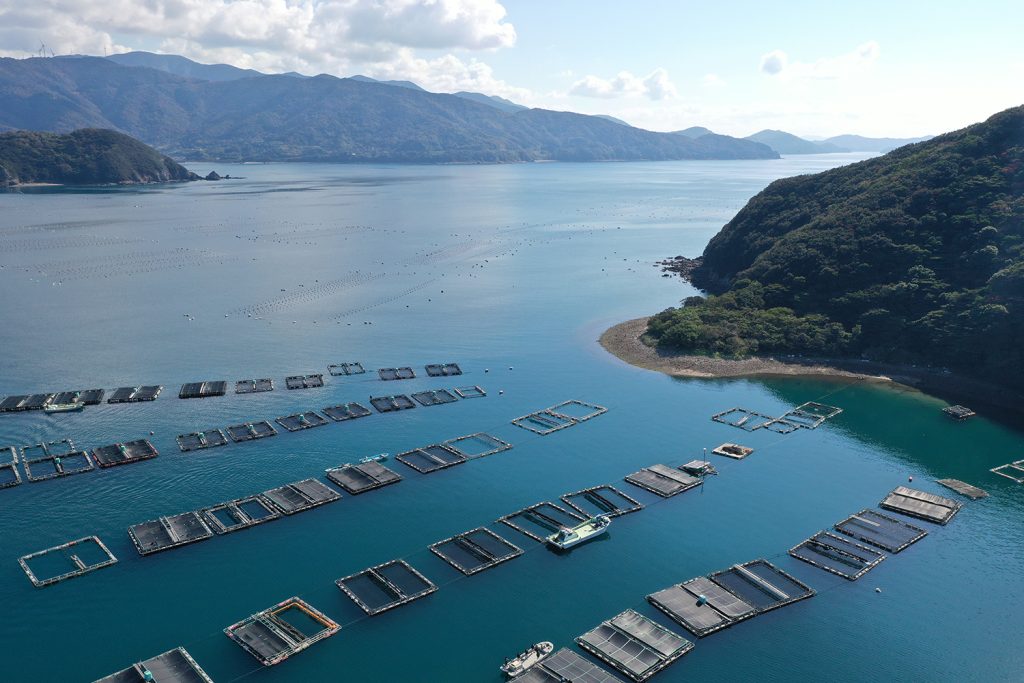
Responsibility
Can carbon mitigation strategies for aquafeeds help cut aquaculture’s greenhouse gas emissions?
With global aquaculture expanding, the industry is adopting carbon mitigation strategies for aquafeeds to reduce greenhouse gas emissions.
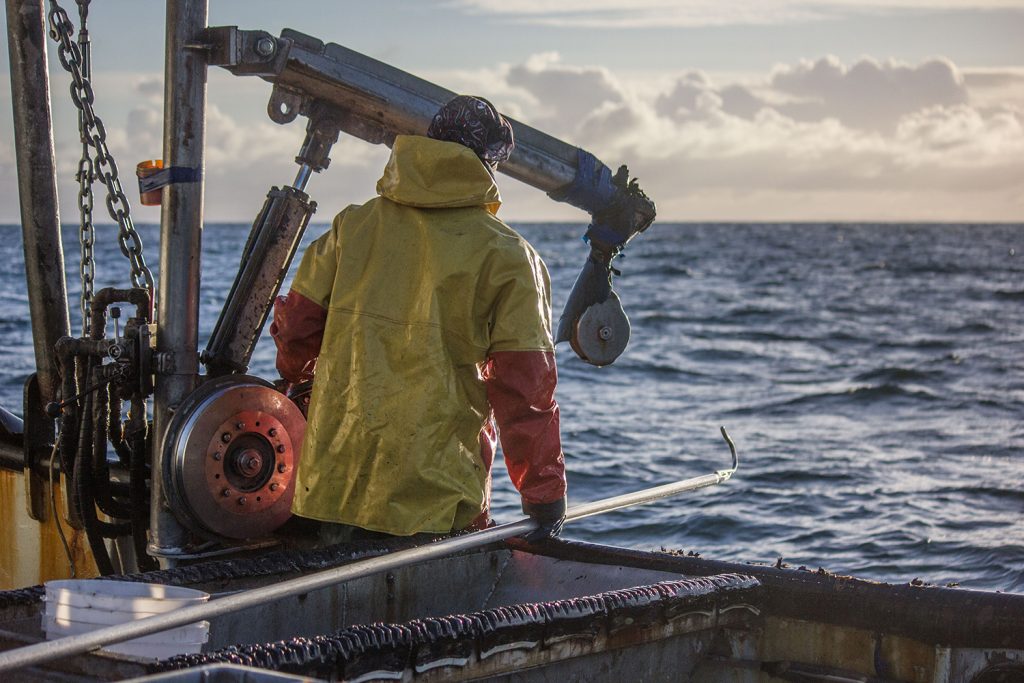
Fisheries
Artificial intelligence is already helping improve fisheries, but the trick is in training the tech
Artificial intelligence is providing valuable data to fisheries, cutting costs and the need for human review. Can the technology be perfected?


